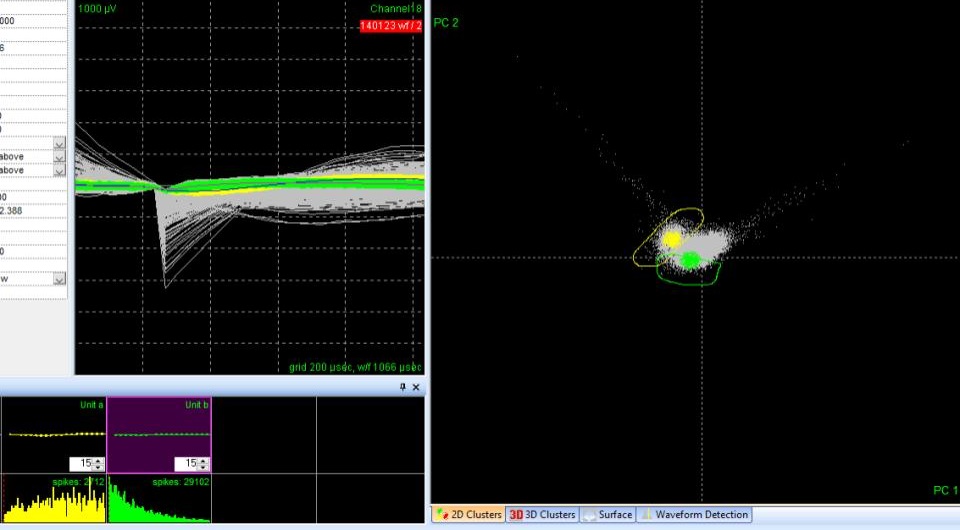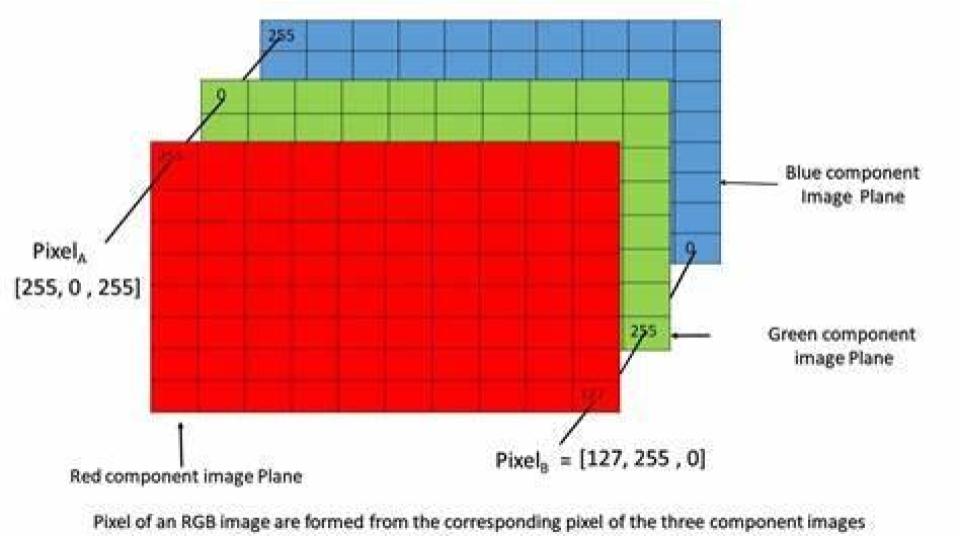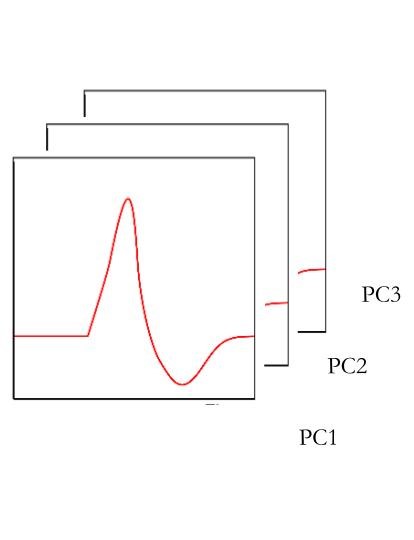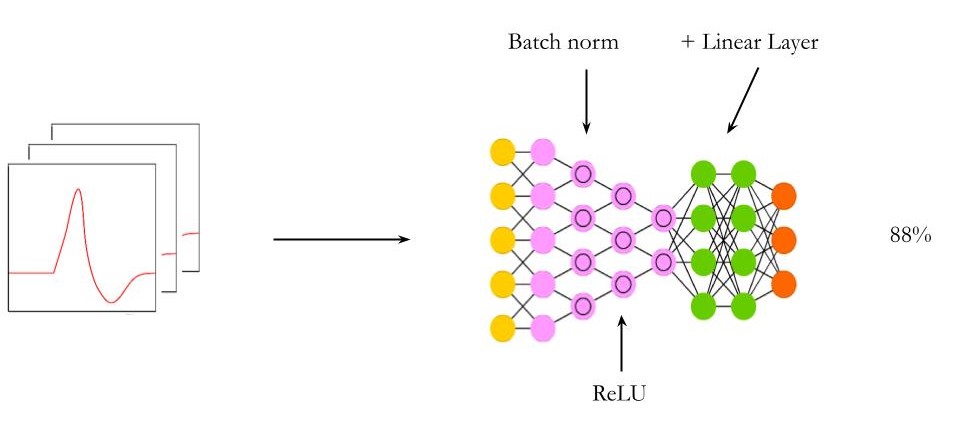TravNet
Using computer vision to automate spike-sorting - saving hours per day!
One of the time consuming steps in acquiring electrophysiology data is the sorting of the signals from noise. This process typically takes hours each day, and as more channels are added to electrodes this problem is expanding explonentially. In the past half-century many methods have been attempted to solve this problem, all requiring some mathematical representation of waveform template matching.
This project takes a different strategy - instead of trying to perfectly match waveform, it tries to match expert humans in the field at sorting. In other words, we create an AI agent that can sort neurons with expert performance, then automate the task.



The typical procedure is for a human to process the raw waveforms, cluster with principal componenets and circle the neurons based on experience. We used the traditional image-file format of a shape and 3 layers (RGB) and instead created a new form: a Waveblob that consists of the neural waveform, and at each location we put the value of the principal component (PC1, PC2, PC3 for RGB).

TravNet sorts neurons 85% as well as an expert! How accurate could you resort spikes ;-)